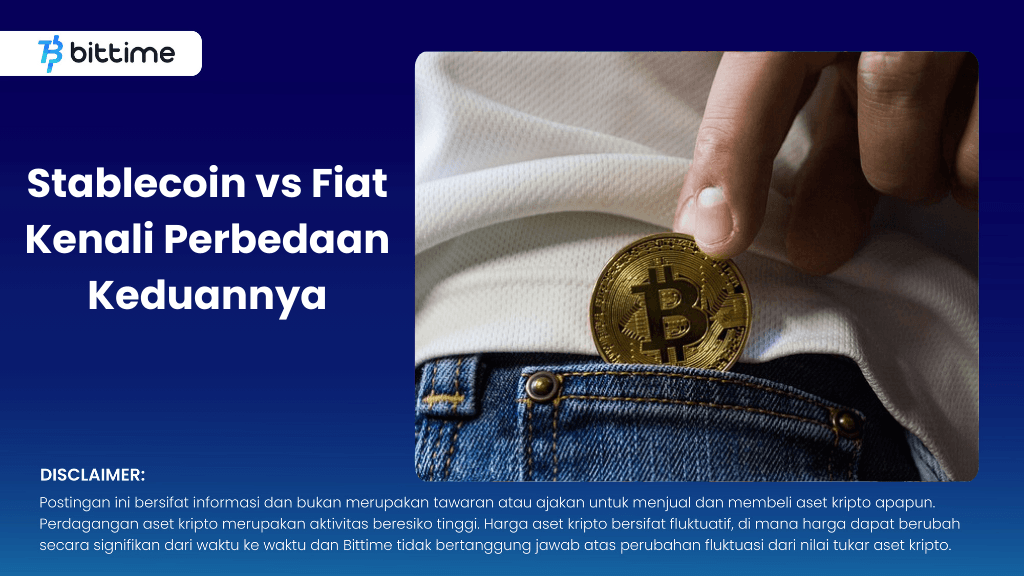Stablecoin vs Fiat: Let's Find Out the Differences
2024-06-20
Stablecoins are an attractive option for both investors and everyday users seeking stability amidst the wild fluctuations of the crypto market. This article will provide an in-depth review of what stablecoins are and highlight the main differences between stablecoins and fiat currencies.
What Is a Stablecoin?
A stablecoin is a type of cryptocurrency specifically designed to maintain a stable value. This stability is achieved by pegging its value to reserve assets such as fiat currencies (e.g., the US Dollar) or valuable commodities like gold.
There are several methods to achieve this stability, including collateralization with reserve assets, using algorithms to adjust the supply of stablecoins based on market demand, and sometimes a combination of both methods.
Stablecoins typically operate on blockchain platforms, leveraging technology that ensures high transparency and security, and guaranteeing that each stablecoin in circulation is backed by assets of equivalent value. This makes stablecoins an attractive choice for those who want the benefits of digital transactions without worrying about extreme price volatility.
Differences Between Stablecoins and Fiat Currencies
Here are some fundamental differences between stablecoins and fiat currencies:
- Digital Form: Fiat currencies exist in physical forms like paper money and coins, whereas stablecoins are entirely digital and exist within the blockchain network. Stablecoins use blockchain technology to create a form of money that exists only in the digital world, offering greater flexibility and accessibility compared to fiat currencies.
- Decentralization: Stablecoins typically operate on decentralized blockchain platforms, giving users more control and transparency compared to fiat currencies, which are regulated by governments and financial institutions. This means that stablecoin transactions do not need to go through central authorities, reducing the risk of intervention and corruption.
- Volatility: Fiat currencies can experience significant value fluctuations due to various economic factors such as inflation, monetary policy, and global market conditions. In contrast, stablecoins are designed to maintain a stable value, making them more predictable for users. This stability is achieved through value-support mechanisms like asset reserves and supply adjustment algorithms.
- Global Accessibility: Stablecoins facilitate cross-border transactions, allowing users to transfer value globally without intermediaries or geographical limitations. Fiat currencies often require complex processes and high fees for international transfers, whereas stablecoins can be moved quickly and at lower costs, thanks to the digital and decentralized nature of blockchain technology.
Overall, stablecoins offer a safe and stable digital alternative to traditional fiat currencies. Understanding these differences helps users make more informed decisions when exploring the world of digital assets. Stablecoins not only provide stability but also offer ease in global digital transactions, making them an essential financial instrument in the modern era.
Disclaimer: The views expressed belong exclusively to the author and do not reflect the views of this platform. This platform and its affiliates disclaim any responsibility for the accuracy or suitability of the information provided. It is for informational purposes only and not intended as financial or investment advice.